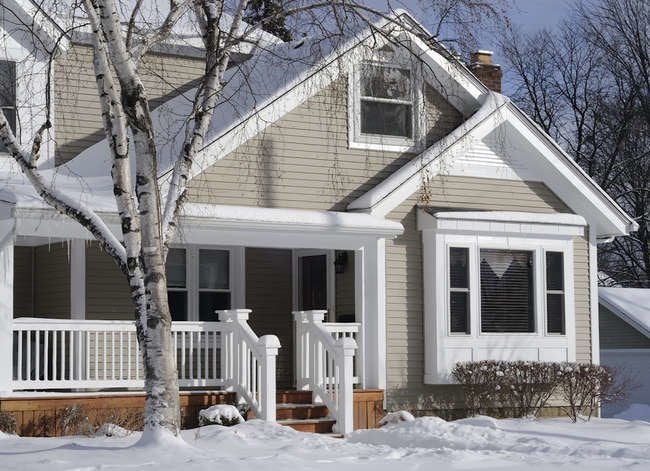We may earn revenue from the products available on this page and participate in affiliate programs. Learn More ›
Havoc on the house
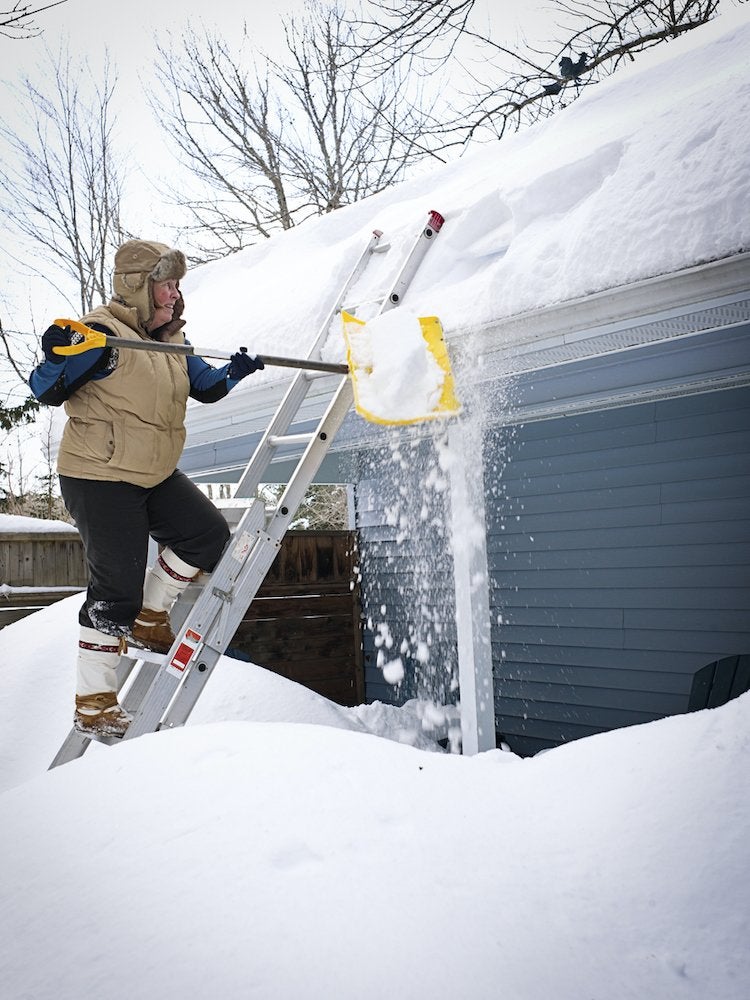
The frigid temperatures and piles of snow outside can do more than put a damper on your mood—they also have the ability to do a number on your house. The winter months can stretch your home to its limits, from the pipes in your kitchen to the cement in your driveway. When temperatures dip below freezing, there are several vulnerable areas of your property that are subject to potential problems that you’ll have to fix come springtime. Here are 15 ways winter weather damages your home, and our tips to prevent damage from occurring in the first place.
Snow and ice strain the roof
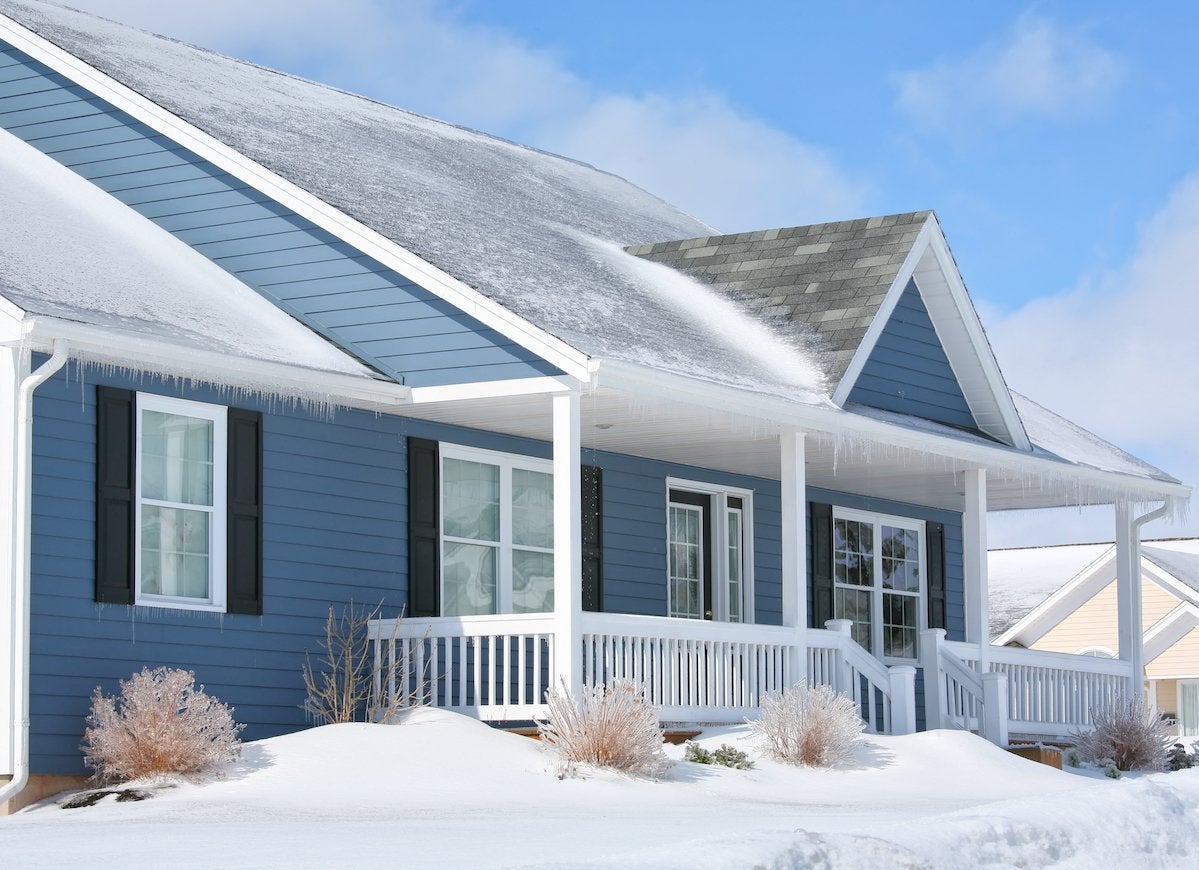
Condensation and freezing temperatures can cause severe damage on your roof, including ice dams that lead to roof leaks, strong winds that loosen shingles, and icicles that put stress on your roof. To avoid any major blows to your roof, remove any icicles immediately and fix damaged shingles as soon as the wintry weather allows.
Ice dams weigh on the gutters
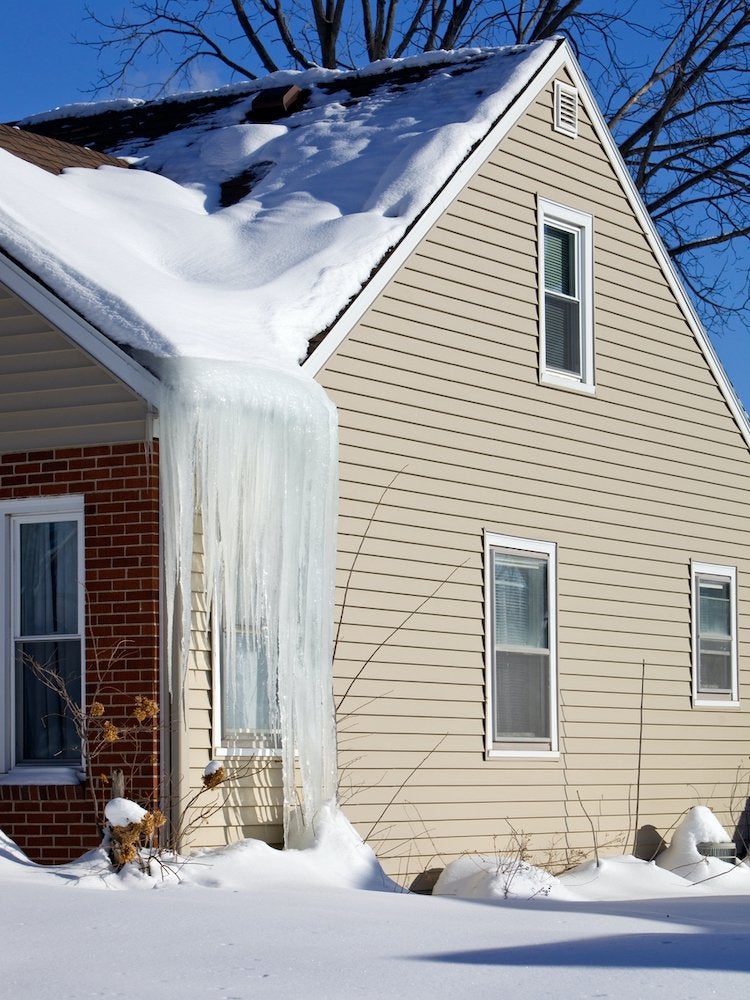
Winter can spell big trouble for your home when ice and snow build up in blocked gutters, resulting in ice dams. Clear your gutters of debris before cold weather arrives, then keep an eye on them in freezing temperatures to make sure they stay clear of dangerous amounts of ice. If ice dams do form, clear out your gutters by applying a de-icing agent or string a heated gutter cable (like this one from Amazon) to melt the ice and move the water away from your house.
Related: Solved! How Often Should I Really Clean My Gutters?
The cold cracks the caulk
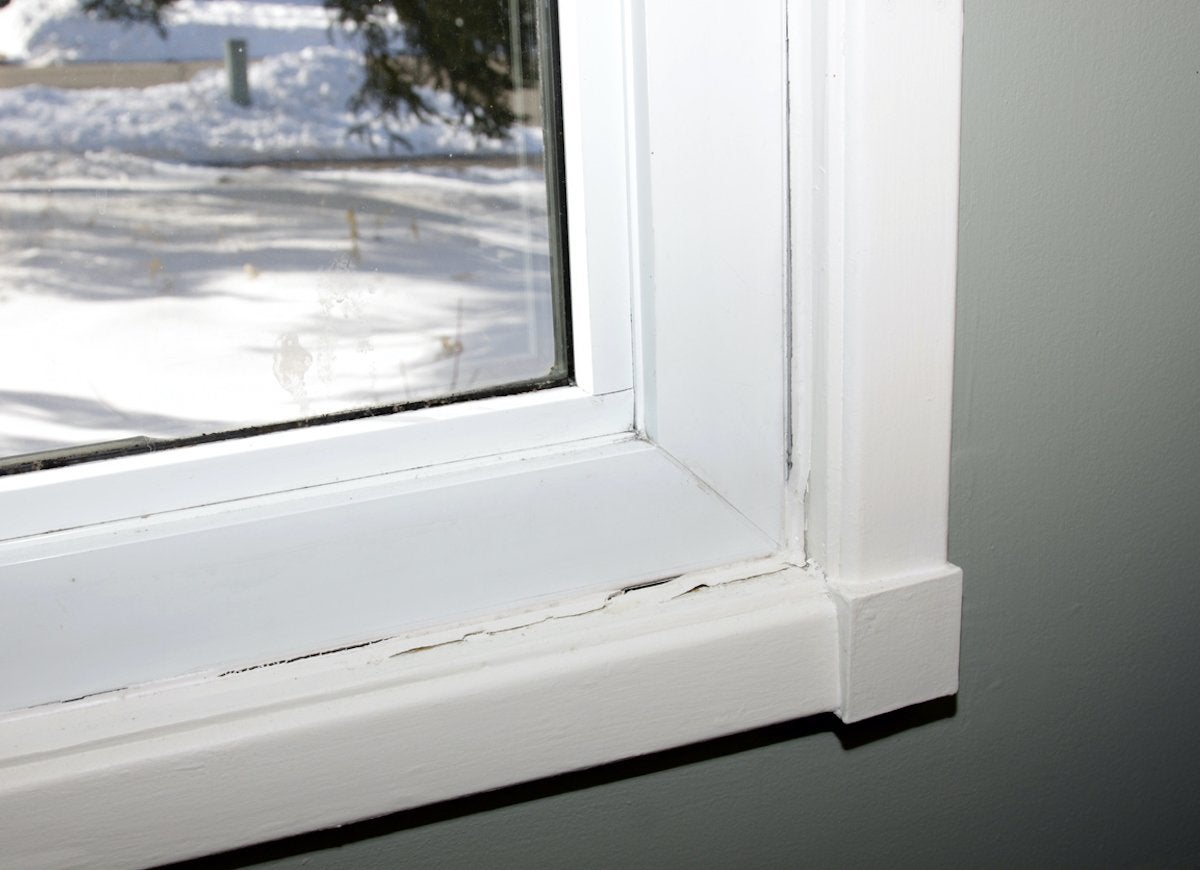
Fluctuations in winter temperature cause caulk to pull away from windows, which in turn creates drafts that let warm air out and cold air in. If you notice that your home is particularly drafty, check your windows and reapply caulk to any cracks to warm up your home and save on energy bills.
Related: Drafty Windows? Try These 12 Solutions for Every Budget
Winter supplies damage the driveway
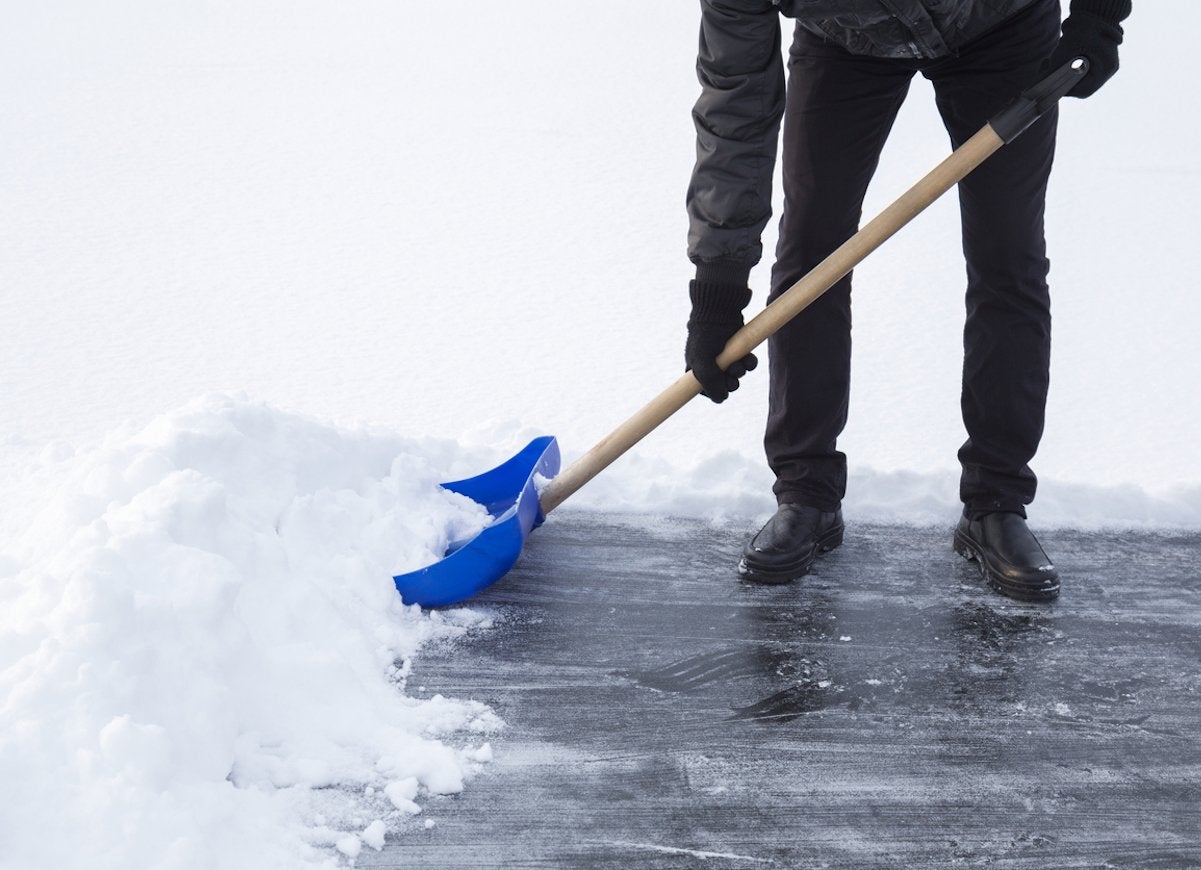
You dutifully shovel your driveway each time it snows, and you apply ice melt to the concrete or asphalt surface to protect prevent slips and falls, but these winter chores can cause damage to your driveway. Check your driveway for chips and cracks each spring, and guard against damage each winter by using a rubber bladed shovel and by avoiding de-icing agents with harsh chemicals, which corrode driveway materials.
Snow and ice snap tree limbs
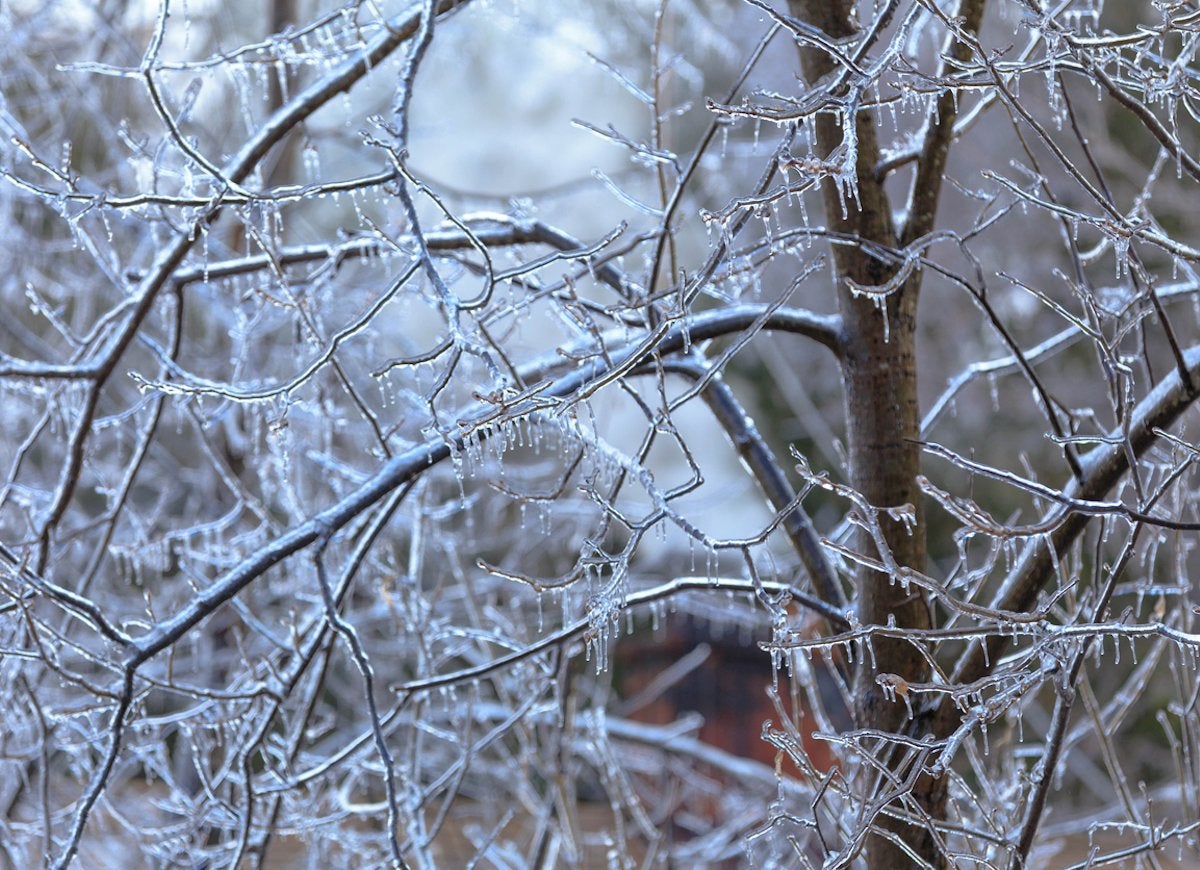
Trees provide shade in the summer and beauty in the fall, but wintry conditions can put their life and limb at risk. When subjected to low temperatures and heavy condensation, tree limb can break and fall on your roof, siding, or power lines. The best way to prevent winter damage on your trees is to prune them during the fall, clear them of snow build up in the winter, and remove cracked limbs in the spring.
Related: 10 Landscaping Must-Dos to Help Your Plants Survive the Winter
Freezing temperatures cause plumbing problems
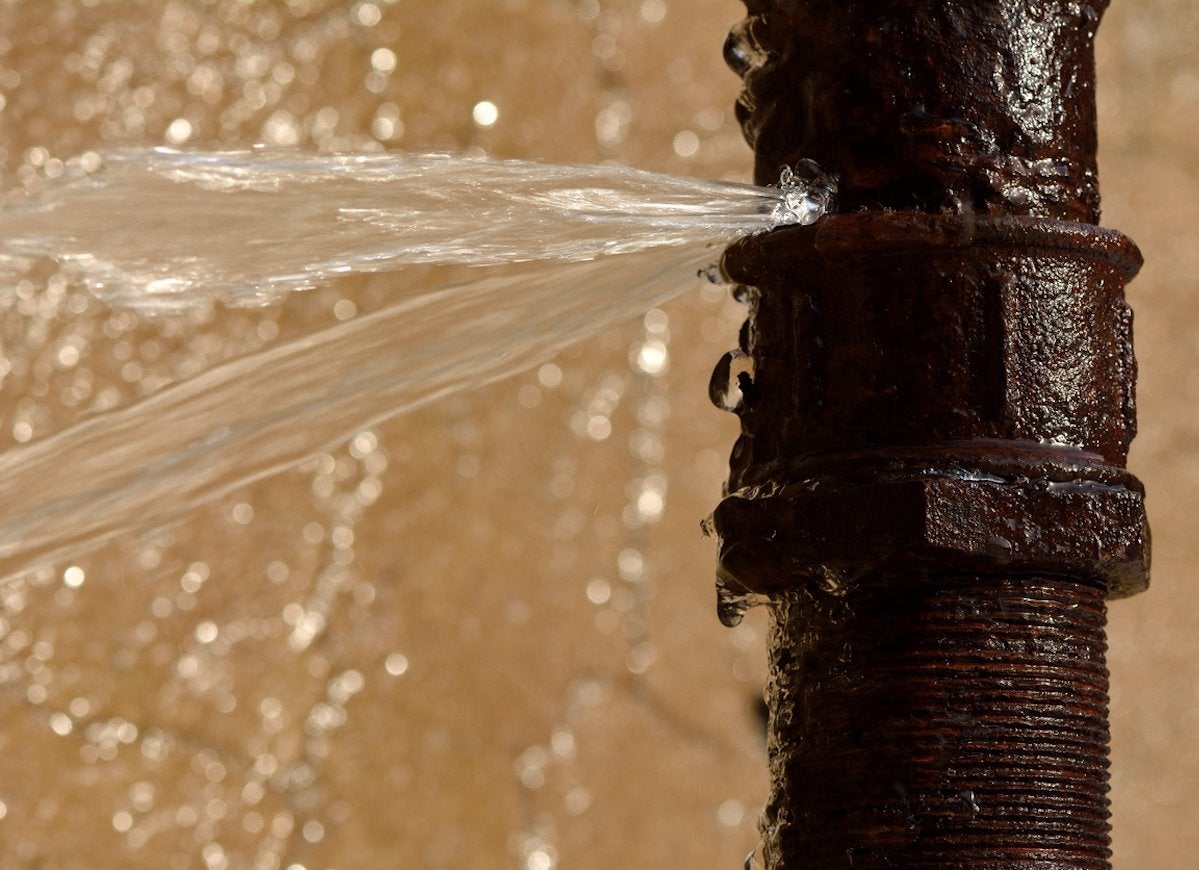
On the coldest days and nights, your plumbing pipes may be at risk for freezing and bursting. To avoid this plumbing catastrophe when temperatures dip, insulate your exposed pipes with heat tape (available on Amazon) or foam pipe insulation (available at The Home Depot), open cabinet doors under your sinks to help warm air circulate around the pipes, and turn on your faucet to a slow drip to keep water flowing.
Related: 16 Simple Tricks to Stay Seriously Warm This Winter
Wet conditions rot doorframes
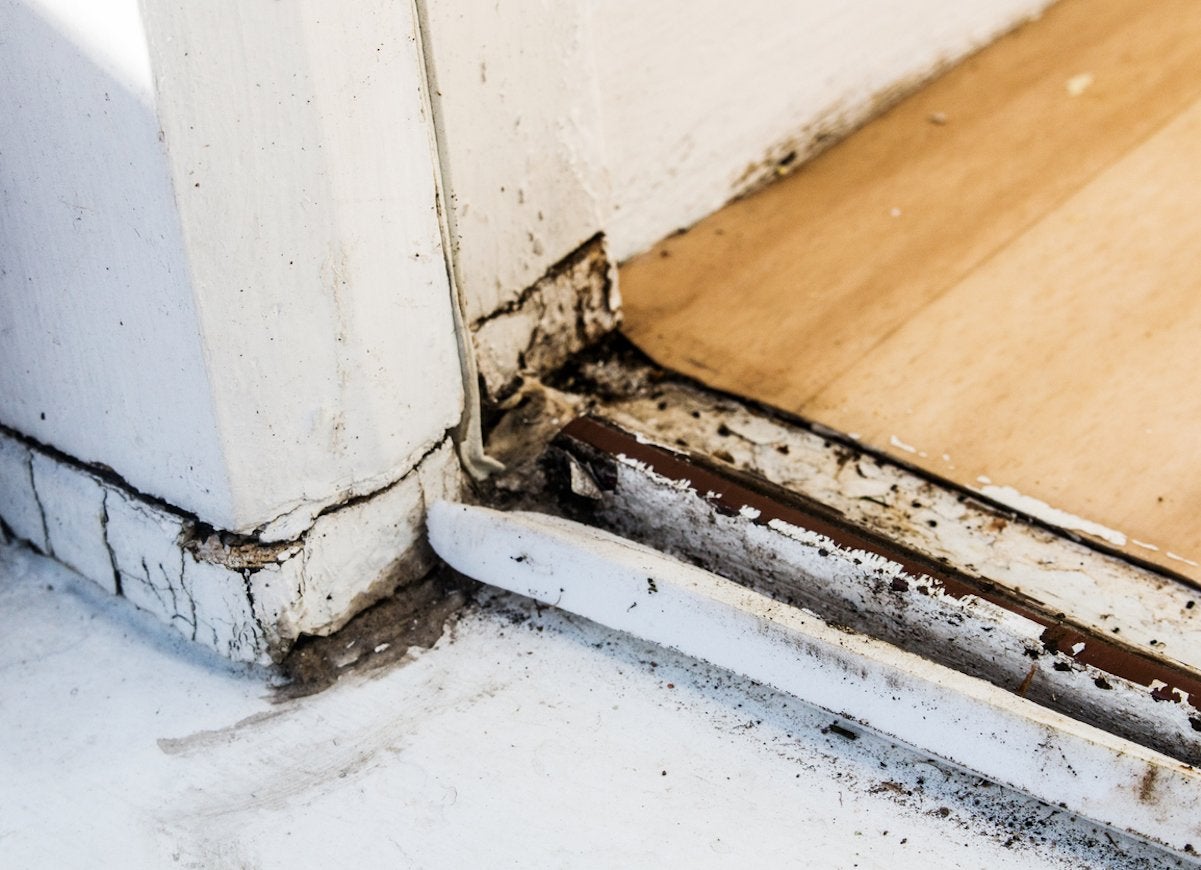
Your doors keep out the worst of winter, but when exposed to wintry conditions the frames around your doors can grow soft and damp, potentially leading to wood rot and an invitation to termites in the springtime. As temperatures warm and spring arrives, check each of your door frames and fill damaged areas with epoxy wood filler (like this one from Amazon). If the damaged area is extensive, consider replacing the entire door frame.
Related: The 30 Smartest Things You Can Do to Prepare for a Frigid Winter
Shoveling chips the steps
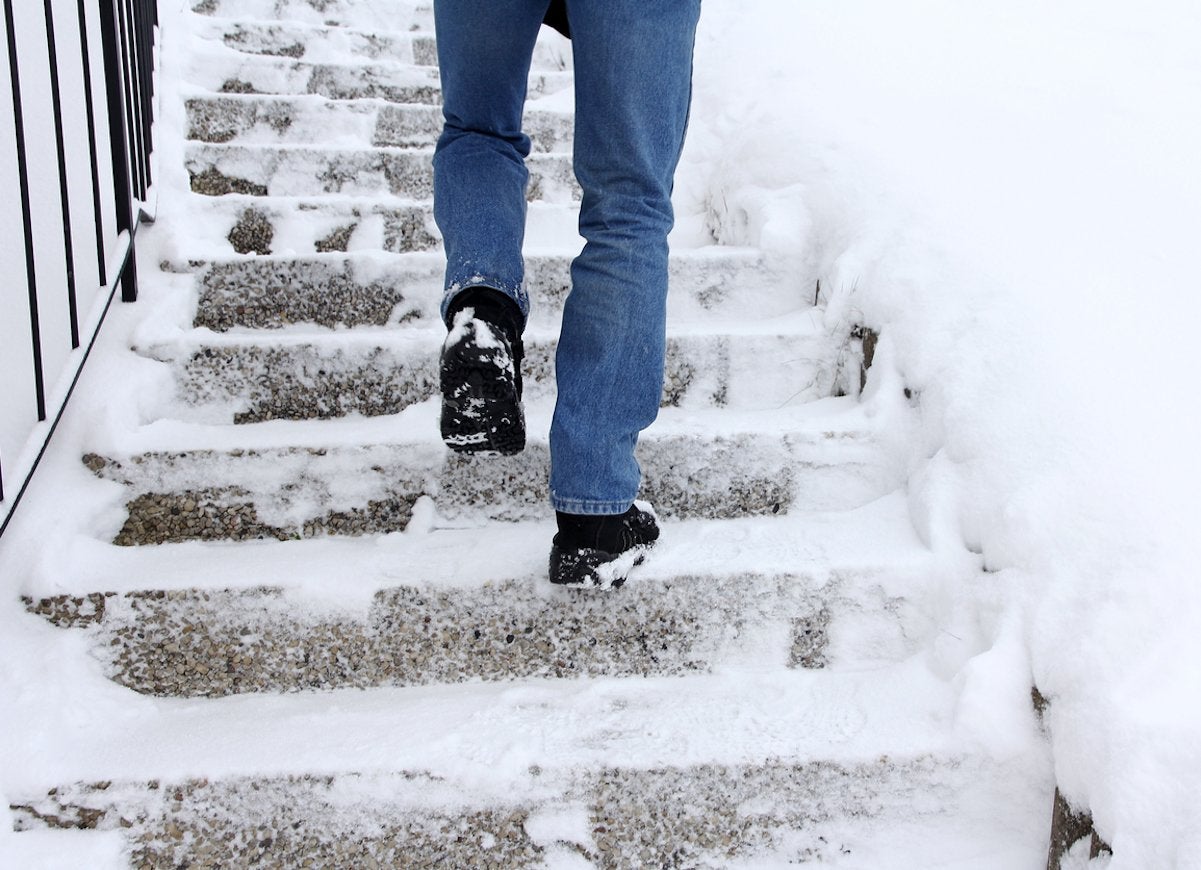
Like your driveway, your front steps can incur significant damage during the icy temperatures in the form of cracks, loose bricks, chips and crumbling concrete. Clear snow from your front steps with a rubber bladed shovel and avoid using harmful de-icing agents like rock salt. A safer alternative is one of these homemade ice melts.
Melting snow leaks into the basement
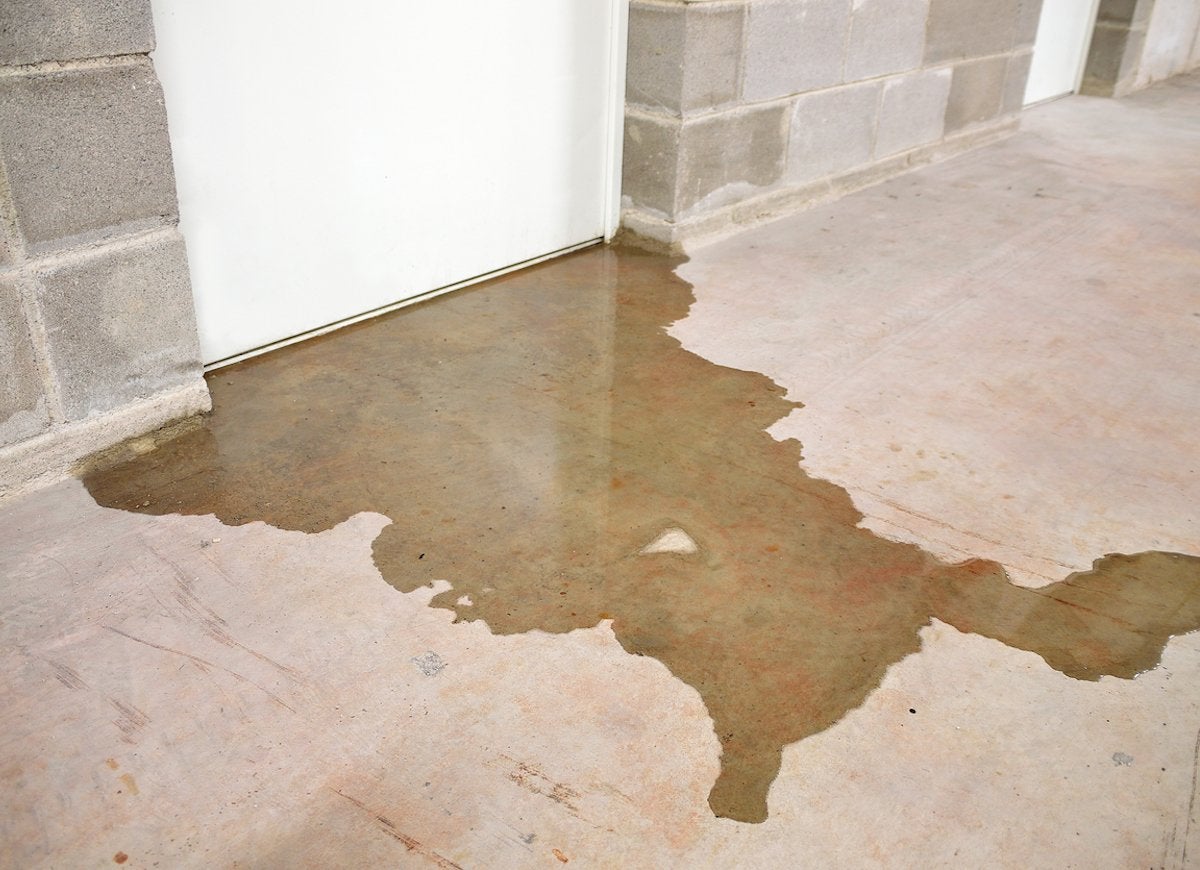
Although basement flooding can happen at any time of the year, melting ice and snow can push their way into your basement through cracks, creating a big headache for you. The best way to prevent this subterranean flooding from occurring is to check your sump pump to ensure it’s working correctly and clear drain clogs before a snowstorm.
Changing temperatures crack the chimney
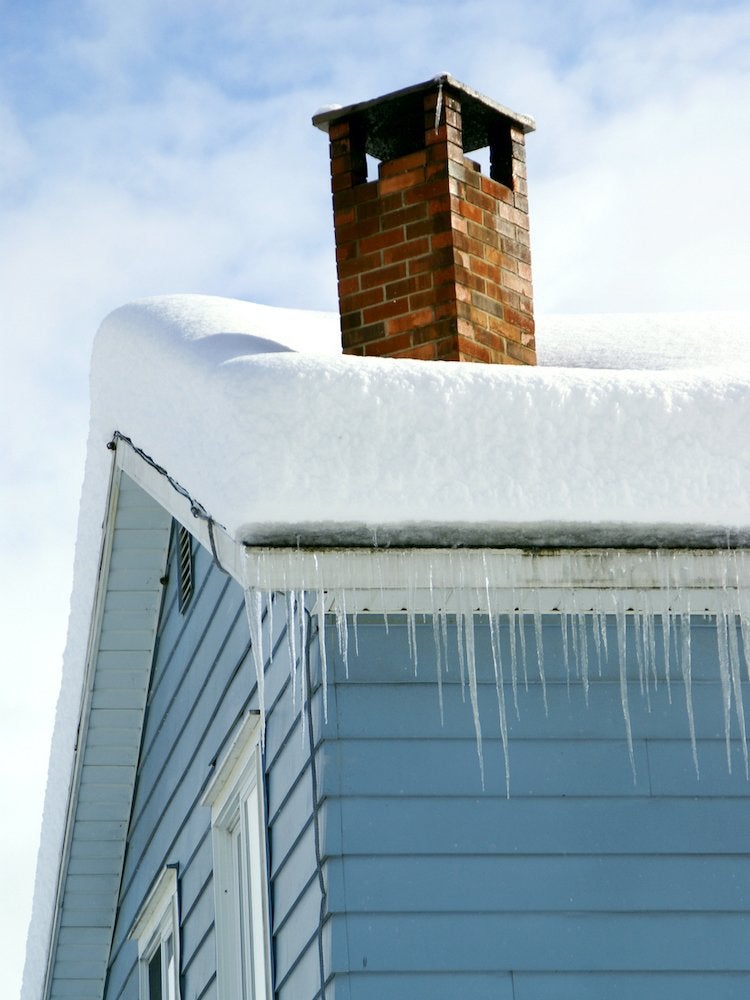
The bricks of your chimney expand and contract during daily winter temperature fluctuations, which can cause them to crack. Water can get behind mortar and freeze, causing it to fail after the inevitable thaw. Keep a close eye on your chimney throughout the winter, and take care of any maintenance required as soon as warmer weather allows.
Elements weather the deck
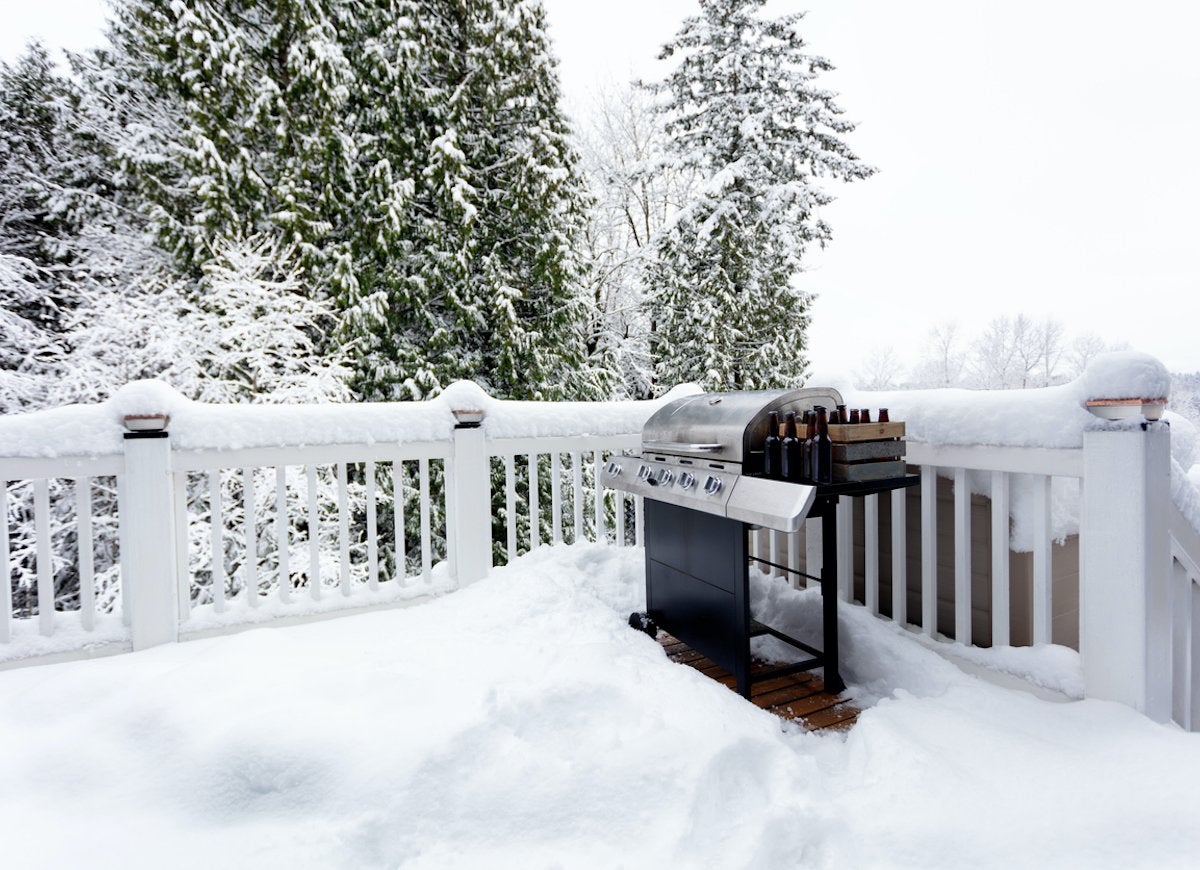
Though built to withstand the elements, your deck is not immune to winter weather damage. Winter moisture is a breeding ground for mold and mildew, and moisture leaching can cause discoloration of your deck if planters and debris are not cleared away before the season starts. Any snow removal should be done with a stiff broom or plastic shovel, to avoid scratching or marring the deck boards. You can protect your deck from winter weather damage by covering it with a tarp, or applying a water repellant seal before cold weather arrives.
Cold weather freezes the sump pump
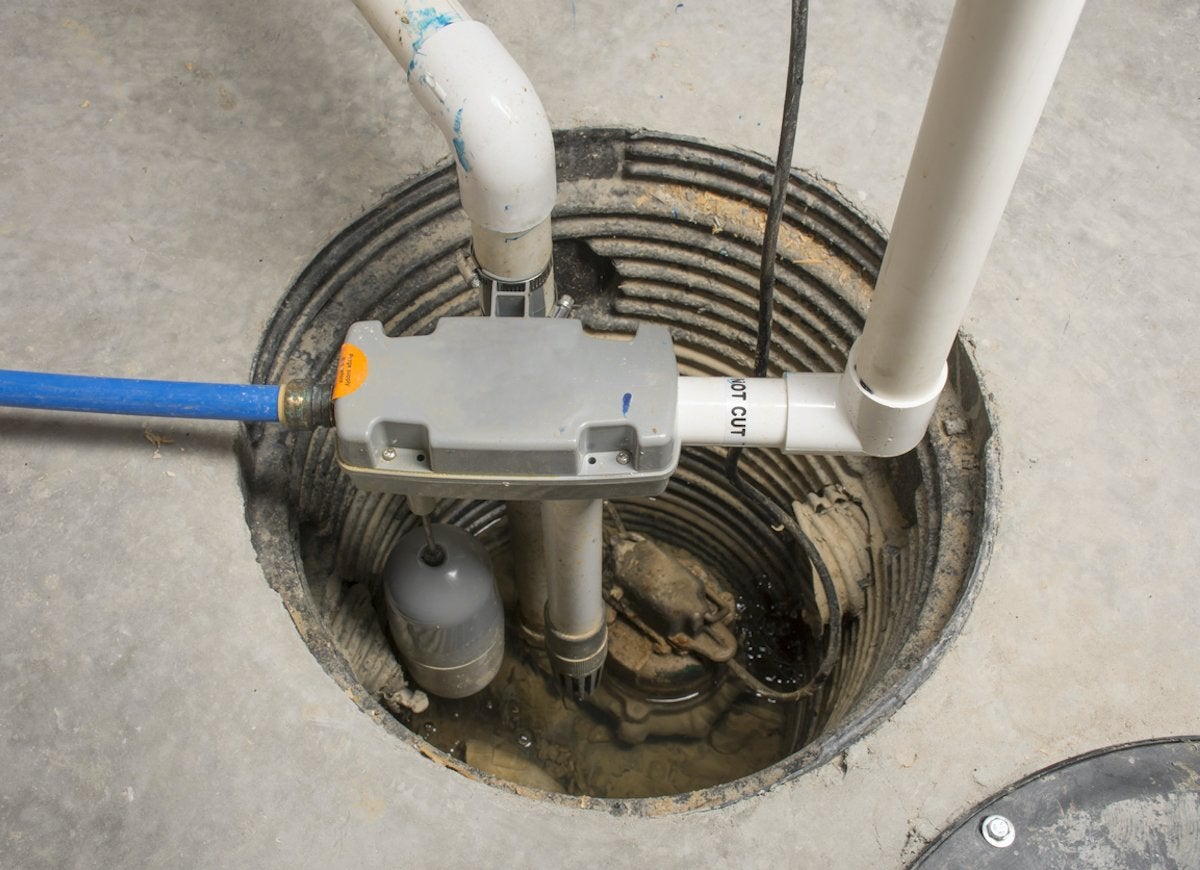
Most sump pumps have an extension hose that removes water from the sump pump basin and diverts it away from the house. That hose can freeze or become clogged with ice, and cause flooding damage to the home. Be sure to winterize your sump pump properly, and remove that extension hose when the temperature dips below freezing.
Fluctuating temperatures damage the siding
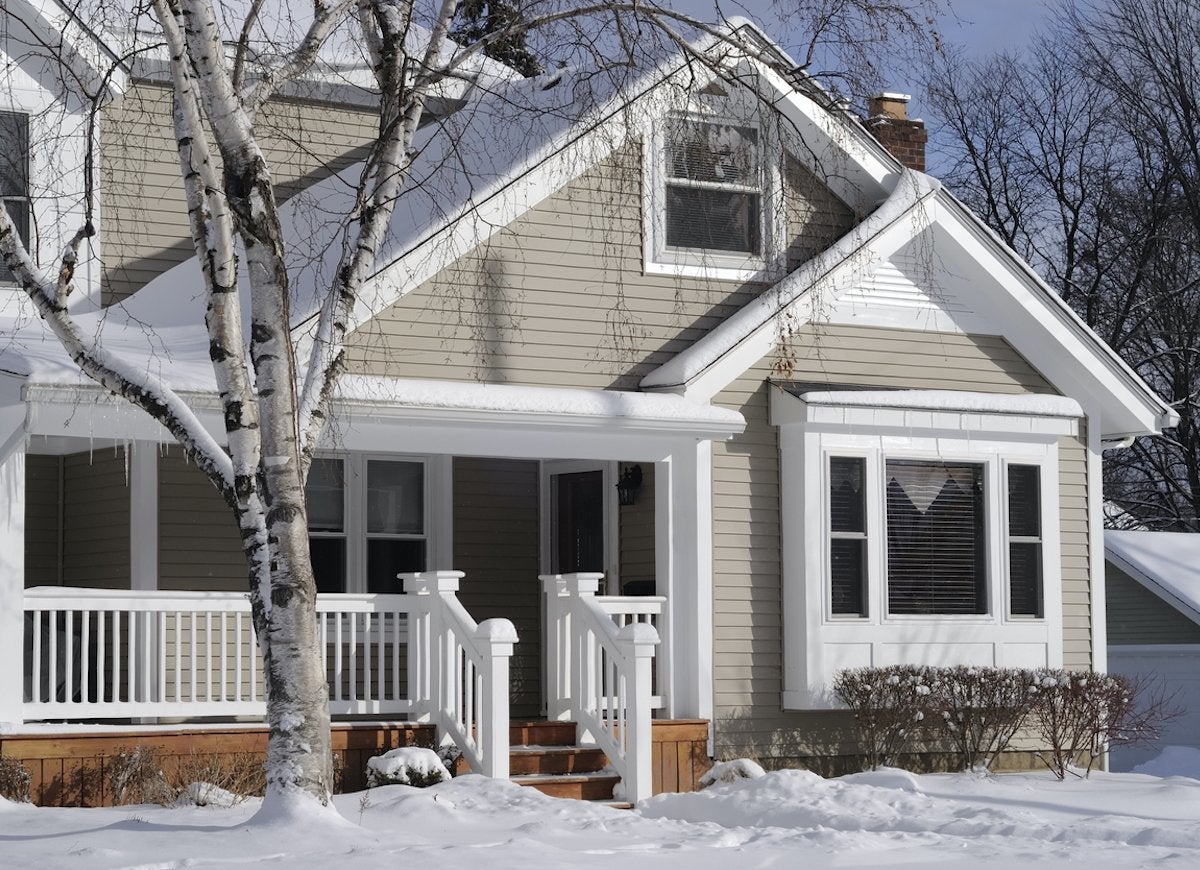
If you have vinyl siding, it will expand and contract significantly when the temperature fluctuates. That’s why it needs to be installed so loosely. Vinyl siding can become brittle in cold temperatures and is vulnerable to cracking. Should water seep behind those cracks, it can cause structural damage—a much bigger problem. So, keep an eye on your siding during the winter, and attend to small maintenance problems as quickly as you’re able.
Related: 16 Simple Tricks to Stay Seriously Warm This Winter
Frost heave impairs the foundation
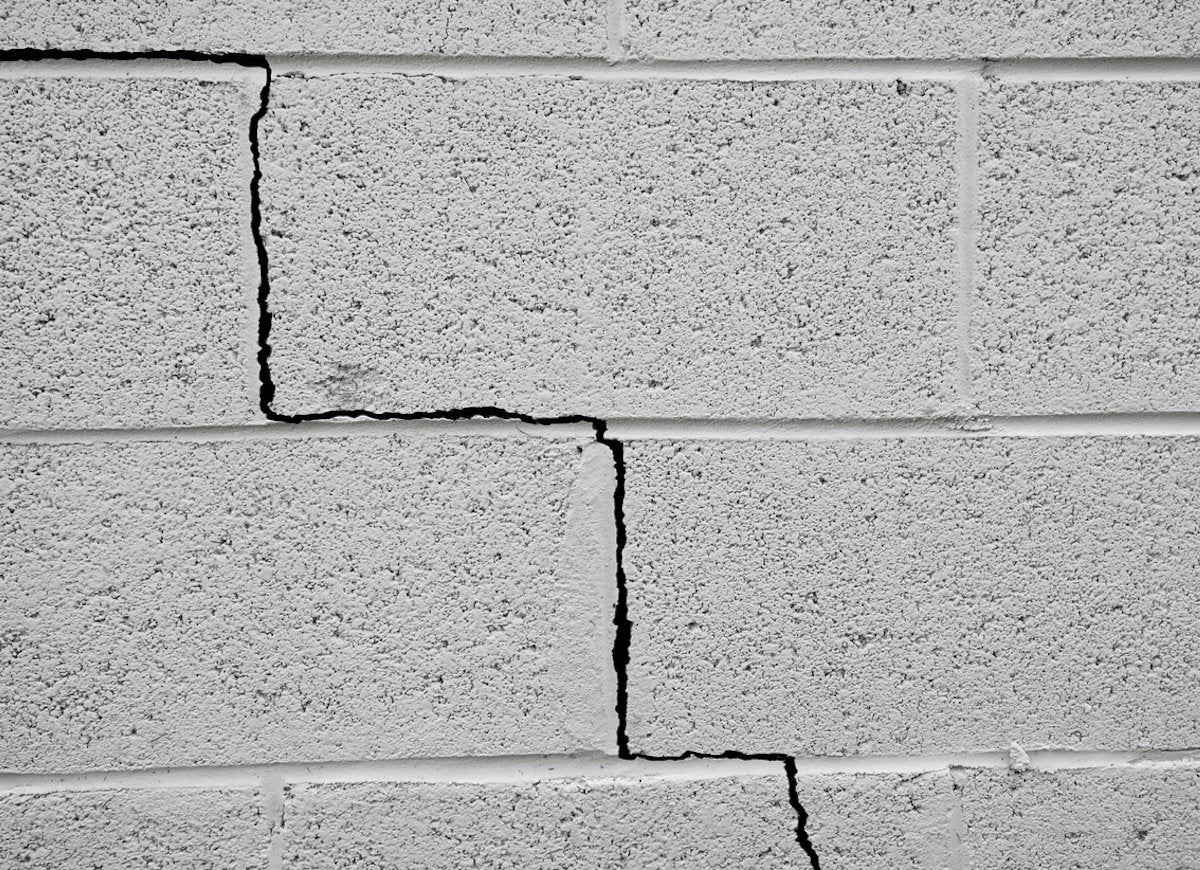
Ice can be the enemy of your home’s foundation in winter. The frost heave cycle (when the ground freezes and then ultimately melts again) can result in the soil shifting and moving under your home’s concrete foundation, causing cracks and other damage. Fixing yard drainage issues, repairing foundation cracks, and waterproofing your basement are all ways you can work to prevent big foundation problems that result from winter weather.
Dry air shrinks plaster
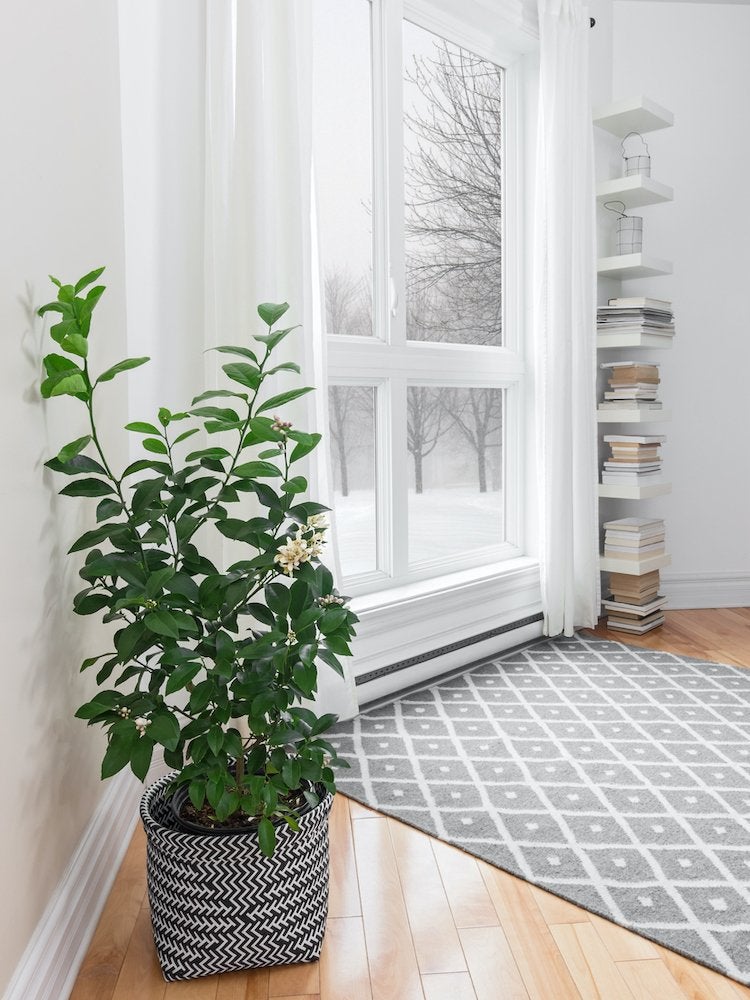
Plaster walls are particularly prone to problems in during the winter months. The lack of humidity in the air causes plaster to shrink and crack. You might not be able to prevent it completely, but keeping your home at a consistent temperature, and using a humidifier can help lessen the havoc winter weather wreaks on your walls.

Our Best Advice for Beginner Gardeners
We’ll help you set up your first garden—whether that’s a few pots on your patio, a raised bed, or an in-ground plot out back—and select the right plants for your soil and region.
